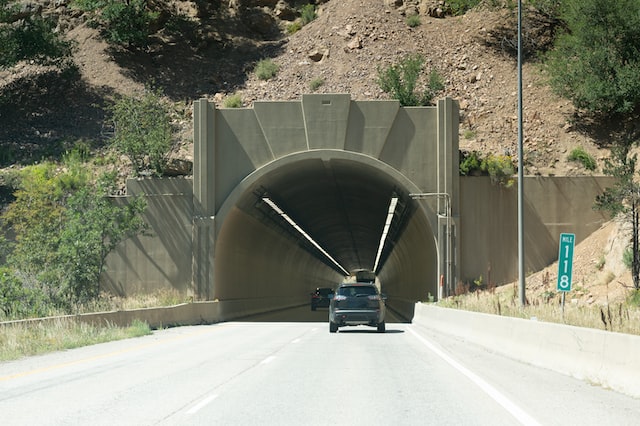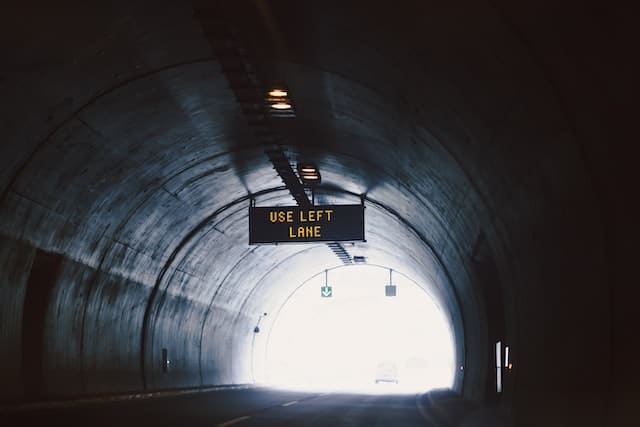
Driving in a tunnel can be different than driving on regular roads. Tunnels can have limited visibility, which can make it difficult to see other vehicles or obstacles. here are some things to keep in mind:
- Speed limits: Tunnels often have lower speed limits than regular roads, so be sure to obey posted speed limits and drive at a safe and appropriate speed.
- Lane changes: Tunnels often have narrow lanes, so it’s important to stay in your lane and avoid sudden lane changes. Also, many tunnels have specific lane usage, such as dedicated lanes for trucks or bicycles, be sure to obey these instructions.
- Lighting: Tunnels can be dimly lit, so be sure to turn on your headlights and use them in the tunnel.
- Ventilation: Some tunnels have a ventilation system that can create strong winds. Be prepared for sudden gusts of wind and use extra caution when driving in a tunnel.
- Emergency exits: Be aware of the location of emergency exits and emergency phones in case of an emergency.
- Toll booths: Some tunnels have toll booths, be sure to have the necessary change or toll card ready before approaching the booth.
- Special rules: Some tunnels may have special rules or regulations, be sure to check for posted signs or follow the instructions of the tunnel attendant, if there is one.
- Maintenance: Tunnels may be closed for maintenance or repair, be sure to check for posted detours or closures before driving into a tunnel.
- Smoke and Fire: In the case of smoke or fire, do not proceed through the tunnel, instead turn off your engine, open your windows and evacuate the vehicle quickly, following the emergency signs and instructions provided.

It’s important to be aware of the unique conditions and potential hazards when driving in a tunnel and to adjust your driving behavior accordingly to ensure a safe and smooth journey.
